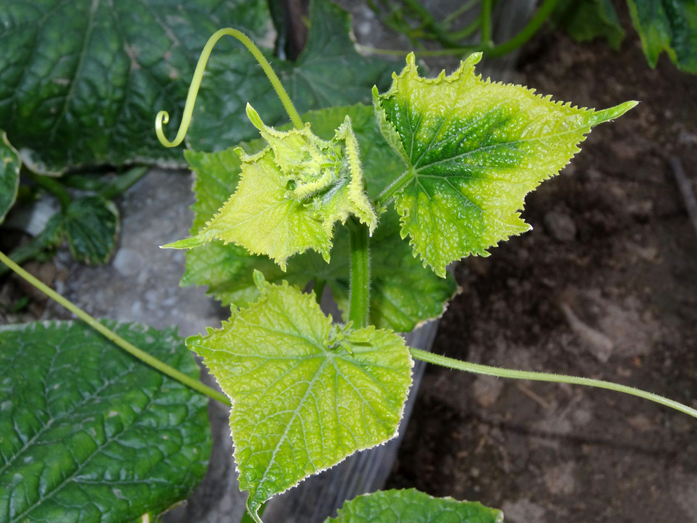
In recent years, similar to the Hunan cadmium rice event aspects of agricultural product safety accident prone, the safety of agricultural products has become the focus of attention. Hunger breeds discontentment, we all cannot do without meals. Up to the national leaders, to the ordinary people are increasingly concerned about the quality and safety of agricultural products. And many times the safety of agricultural products at the national level that the two sessions on the proposed research, stressed. Soil acidification is one of the important reasons leading to the serious soil borne diseases. The soil borne diseases cause the use of pesticides and the quality of agricultural products. According to statistics from related departments, the main vegetable planting area of 3 million mu, the soil borne diseases occurrence area 3.5 million acres around, each big city vegetable is particularly serious.
Soil borne disease refers to pathogens such as fungi, bacteria, nematodes and viruses with residues and disabled life in the soil, the optimal conditions, from the root of the crop or neck against caused by the disease. Pathogen like acid soil growth and reproduction, the most suitable for PH5.0 - 6.5. Vegetable soil transmission, the main types of diseases including: vegetable root knot nematode, cruciferous (cabbage, kale, broccoli) of clubroot and Fusarium Wilt of melon, cucumber, watermelon); Eggplant Verticillium wilt, brown streak, cotton blight, tomato early, late blight, Southern Blight, bacterial wilt, disease virus, Pepper Anthracnose, blight, rust of beans, spinach, garlic class of downy mildew.
The general law of the soil borne disease is as follows:
1, soil borne disease pathogens (Fusarium, Fusarium, Aspergillus, rot fungi, silk, nematode, etc.) are mainly in the soil to survive and live through the winter.
2, under the condition of temperature and pH, the activity of the pathogen and the contact with the host.
3, the main pathogens from root wound or from young tissues such as root hair cell invasion, this period is a key period for prevention.
4, pathogen invasion of the host to absorb nutrients and moisture for self propagation. When the temperature and pH value of the pathogen, the pathogen is rapidly propagated, and infected with the crop.
5, based on a large number of rapid pathogens on crops harm, performance, dry yellow, wilt, rot and other symptoms.
The general integrated control techniques of soil borne diseases are as follows:
1, agricultural control, choose seeds, paddy rice upland crop rotation, crop rotation; improving cultivation: high deep furrow cultivation, small irrigated frequently to avoid flooding; rational close planting, temperature and humidity control, improving ventilation and light; soaking Wentang, biological control, Trichoderma or mixed fine soil broadcasting or agricultural with streptomycin spray, root irrigation.
2, chemical control (soil disinfection and improvement, pharmacy disinfection)
The improvement of soil disinfection: before plough broadcasting every 667 square metre "master chef Tian" soil conditioner 75-100 kg, wilt sterilization and neutralizing soil acidity and supplement of calcium and magnesium.
Disinfectant: controlling fungal diseases can be selected 30% Tachigaren 500 to 800 times liquid of sterilizing soil; prevention and treatment of bacterial diseases can be selected 88% oxytetracycline hydrochloride of 1000 times fluid soil sterilization.
